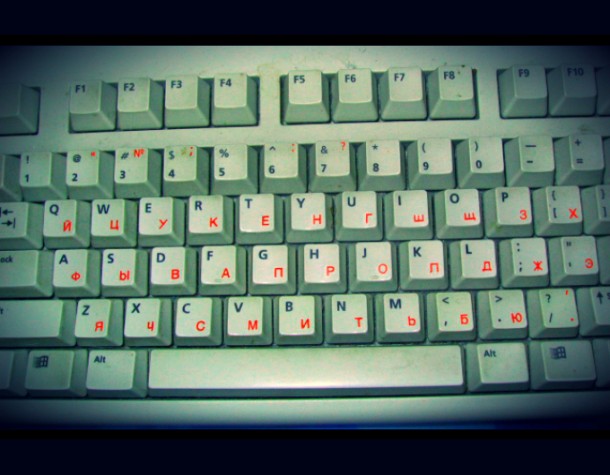Researchers create “virtually indestructible” chips that are also unhackable, study finds
12/27/2017 / By David Williams

Threats to cybersecurity aren’t just limited to the home or office environment. There are some people who have to handle highly-sensitive data on a routine basis while also enduring harsh environmental conditions. It’s for people like these that researchers in South Korea have tried to come up with a more reliable cyber security solution.
There are already a plethora of ways to protect one’s user data no matter what the type of security attack may be. But if the data will be taken and used in an area that’s considered to be under harsh conditions, then there could be a need to take some extra precautions.
This is where new research that was recently conducted by experts from the Korea Advanced Institute of Science and Technology (KAIST) comes into play. There are things called PUFs (physical unclonable functions) that serve as an added layer of security for computer microchips, and they are designed to be impossible to copy. So even if a chip gets stolen, PUFs can’t be spoofed to break into whatever other security measures that have been put into place.
The research team in Korea have come up with an even better version of the standard PUF, one that has provisions for harsher environmental conditions. In a paper that was published in the journal ACS Nano, the team shares details and talks about how their findings can be used by military personnel who are looking for better ways to protect their data and other sensitive information.
Better PUF design
According to a report on the study, a PUF is like a fingerprint — it gives each chip inside a computer their own unique identity. And much like real fingerprints, you can’t find them easily anywhere else. They are formed from the moment that each chip is manufactured, which means they are a huge part of the chip itself.
For the study, the researchers designed a new kind of PUF based on nano-electro mechanical switches (NEMs), which are often used in circuits and are known for having low power consumption. The resulting PUF is called simply a NEM-PUF, and they put a bunch of them together in an array to get a randomly generated, unpredictable, and unique code.
Any machine that is used to access the data in the chips with the unique code generated from the array of NEM-PUFs will need to have the unique code embedded somewhere, or else access to the data will be denied. When the researchers tested the chips, they were found to be strong cryptographically, but still needed to be tested for physical strength and durability.
Fortunately, the new PUF design was able to withstand the team’s various stress tests to see whether it was physically strong or not. It’s said that the PUFs were tested under “several harsh environments, including high temperature, high-dose radiation, and microwaves,” and yet they were able to come out still functioning, according to the research paper.
Possible future uses
Official numbers from the U.S. Federal Bureau of Investigation (FBI) put the amount of financial loss from cyber crime in the U.S. at more than $1.3 billion in 2016. This includes security breaches that may have been prevented with more reliable methods than what’s currently available.
Through the research of the South Korean team on this new kind of PUF, there is some hope that sensitive information can be guarded much better in the future. In the worst case scenario, the NEM-PUFs have also been equipped with a self-destruct mechanism if it is compromised. Organizations with a focus on security would surely benefit from this new invention.
Read more about cyber warfare at CyberWar.news.
Sources include:
Tagged Under: cryptography, cyber security, cyber war, electronics, future tech, Glitch, microchip, military, military hardware, NEM-PUF, security




















